Once you hunt over a gun dog of your own, hunting birds without a dog, or hunting over anyone else’s dog, doesn’t feel like hunting anymore. It’s just walking around trying to shoot stuff.
A bird dog connects you to the unseen world of scents in the air and beneath your feet. Ownership connects you to the dog. You two are a team, and upland hunting becomes far more rewarding.
So yes, you should absolutely own your own gun dog.
There’s a catch. Actually, a few catches. Owning a hunting dog is a major commitment. For instance, I used to bowhunt. I wasn’t very good at it, but I liked it and went a lot. That ended not long after I got my first dog. There’s no way I’ll leave my dogs at home in November to sit in a tree. Granted, I will sneak out to a duck blind every once in a while, but you only have time for so many obsessions in the fall and bird dogs need to run. Besides, the more they hunt, the better they get. A gun dog that hunts half a dozen times a year won’t amount to much.
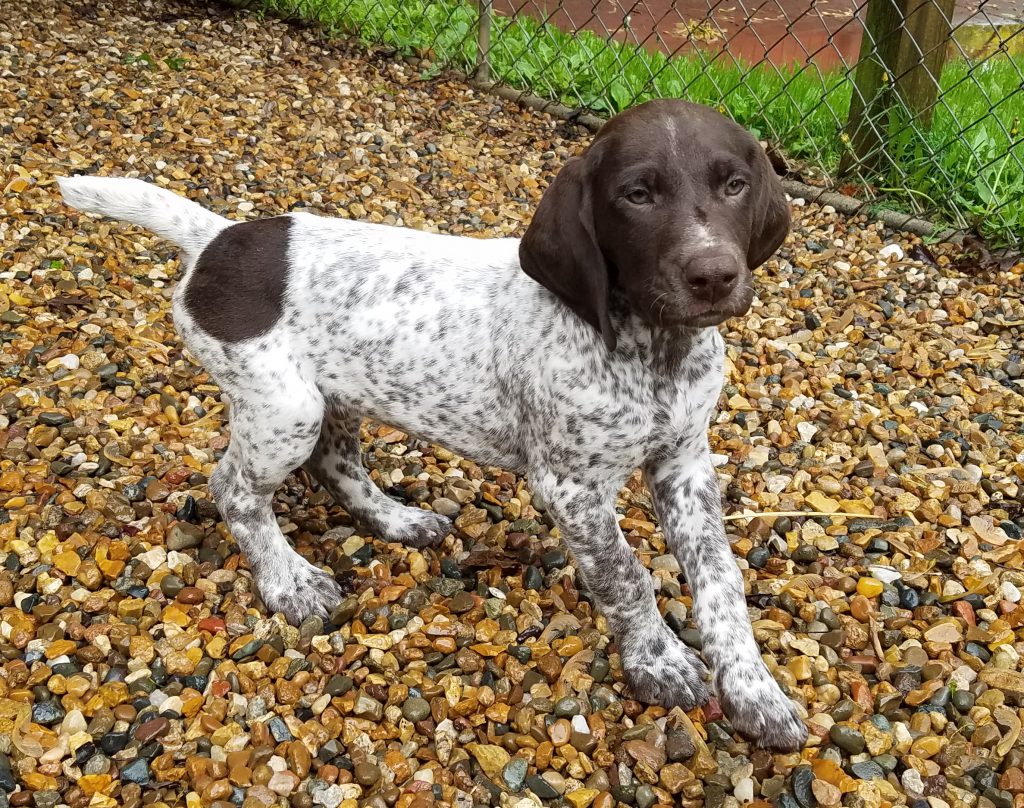
There’s another catch. Dogs start life as puppies, and puppies suck.
I realize this is a minority view. But it’s true. Puppies are like toddlers, except with teeth, claws, and a single-minded drive to find your stuff and eat it. Puppies cost you sleep, and they cost you money. You have to watch them, clean up after them, worry about them. You can puppy-proof all you want, and they’ll still find things of value to destroy. Eventually, puppies become dogs and life gets better, but that might not be until they reach age 2. Zeke, the younger of my two, turned into a dog at 20 months, meaning it’s only been a couple of months I’ve been able to let him wander around the house without following him from room to room to see what he might eat. Twenty months can feel like a very long time.
Still want a dog? Well, the sooner you get started with it, the sooner the puppy phase is over with, and the sooner you’re hunting with a dog of your own. Here’s how you start:
Pick a breed
First, decide on a breed. Choose a breed based on what you want it to do (point, flush, retrieve waterfowl), what size dog you want, and its coat and conformation. I like pointing dogs. I don’t like combing and cutting burrs out of a dog’s coat. German shorthairs are the right fit for me.
Don’t put much stock in the generalities you’ll hear that breed X is “inquisitive,” “biddable,” “a good family dog,” “a mellow laid-back companion,” or whatever. There’s a lot of variation within breeds, which is why it’s important to find a good breeder.
Pick a breeder
Your choice of breeder matters as much or more than your choice of breed. A dog from good bloodlines comes hard-wired to hunt, making a novice trainer’s job easy. Don’t let price limit you, within reason. You’ll spend thousands on dog food and vet bills over the next 12 to 15 years, long after the price of the puppy is forgotten.
Ask questions. Does the breeder hunt and train? Do they have field trial dogs or dogs for regular hunters? You’ll know you’ve picked the right breeder if you feel like you’re the one who’s getting grilled. Responsible breeders don’t want their dogs going to just anyone. They have a reputation to uphold; they care about their dogs. They want to see them go to homes where they will hunt a lot.
Once you’ve decided on a breeder, you hurry up and wait. Any decent breeder will have a waiting list. It might take a year for your puppy to be born. Spend that time doing all the fun, spontaneous things you won’t be doing once the puppy comes home.
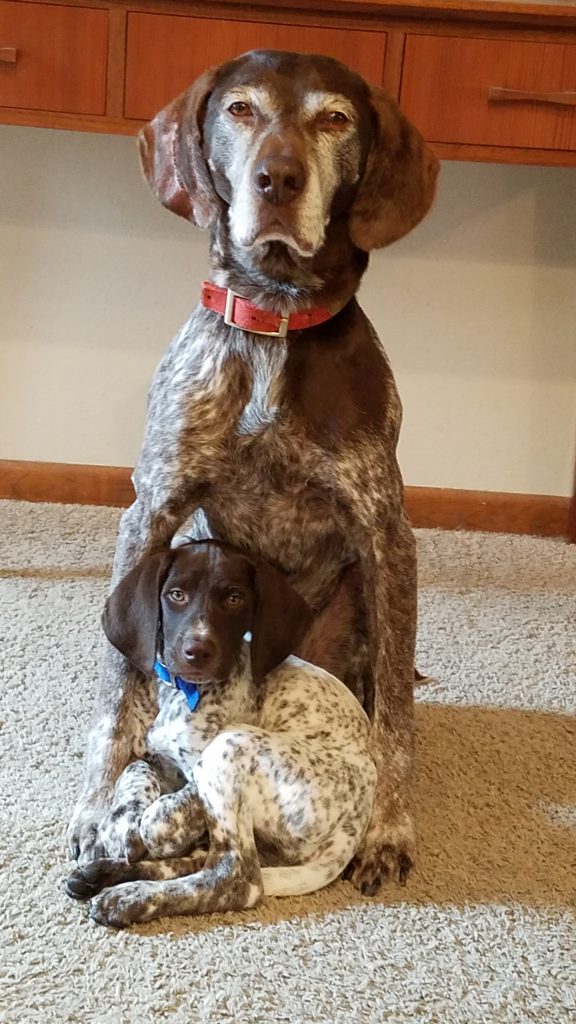
Bringing the dog home
Ideally, you’ve found a dog born in late winter. It will be spring when you bring it home, which makes all those middle-of-the-night trips outside to pee more bearable than they would be in January. It also means the dog will be old enough to hunt in the fall.
You should bring your puppy home sometime between 8 and 10 weeks old. Let the pup explore and grow, but go easy on exercise to protect young joints. Housebreaking or crate training can start right away and you build from there. Training dogs is just like raising kids. Be consistent. Make expectations clear. Don’t give commands you can’t or won’t enforce. Don’t hit. Use positive reinforcement and praise. Keep your temper. Be patient. Pick your hills to die on.
Early lessons
Puppy kindergarten classes start around 3 months. Sign up. It’s a good jump-start to obedience training and socialization. When my dogs were puppies I would look forward to kindergarten all week, because it was something for us to do, and because I knew the dog would be worn out and would sleep when we got home. That alone was worth the price of admission.
Birds
It takes birds to make a bird dog. The more controlled bird contacts a puppy gets, the better. I was lucky with my current dog that the breeder was only an hour away and had homing pigeons he would let me work Zeke on. Join a training club or work your dog at a preserve if you need help finding birds to train with.
If that all seems daunting, take heart. I’ll let you in on a secret: If there’s no way you can train on birds, teach your dog its name, teach it to come when called, and take it hunting a bunch. You’ll never have a polished gun dog, but you will have a dog you can shoot a lot of birds over.
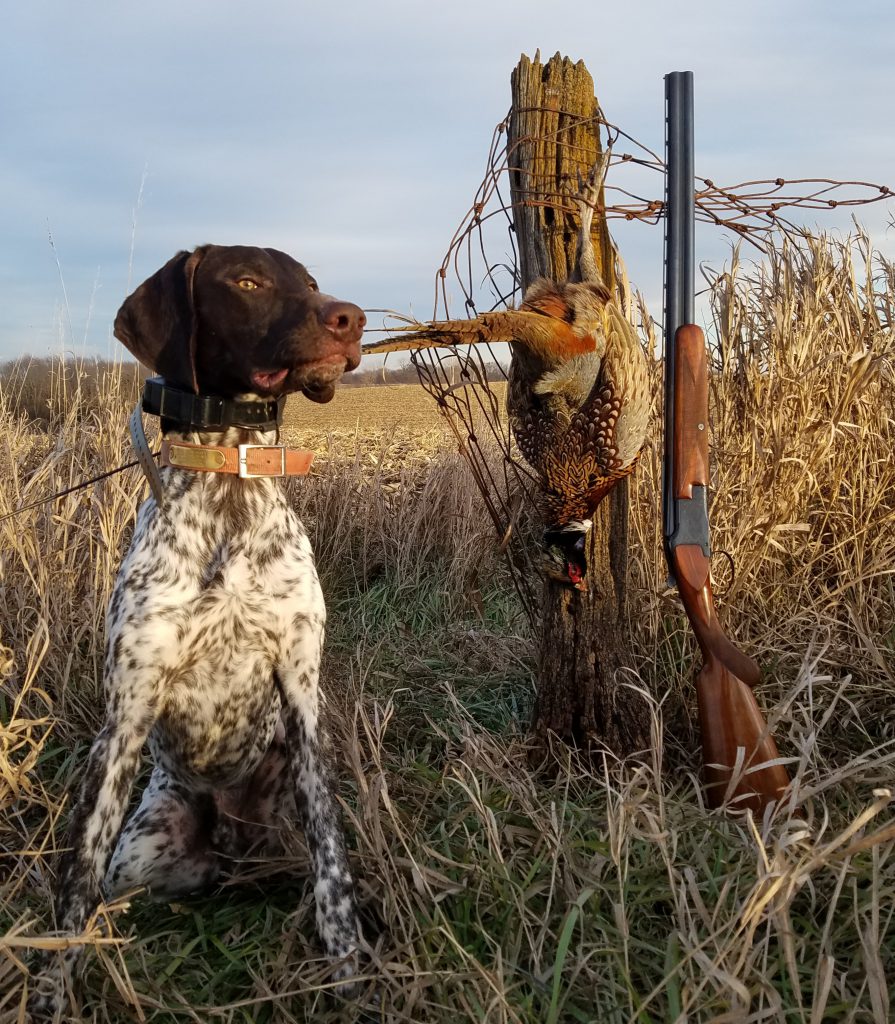
Introducing the gun
Four months old is the absolute minimum age to introduce a dog to gunfire, and it’s better to wait a little longer. This is a lesson you don’t want to screw up, because a gun-shy dog that bolts for the truck when the shooting starts makes a good pet but not much of a hunting companion.
If the dog has a nose full of scent and can see a bird in the air, it will be too excited to care about the gun’s report. Ideally, you’ll have a helper standing 50 yards away with a .410, or a 12-gauge with a field trial blank “popper” load, or something quiet like a Winchester Feather subsonic load. You’ve got the dog and a bird or bumper or something that gets it excited. Tease the dog with your bird or bumper, get it revved up, then throw. As the dog chases, give the signal to shoot. Gradually move closer to the gun, always watching the dog’s reaction.
First hunts
The puppy season is your reward for a long spring and summer. Avoid big groups. Let the dog be a puppy. Keep your hunts short. Don’t shoot directly over its head. You’ll be surprised how quickly the lights come on. The first bird you kill over your dog will be kind of an accident. The second, not so much, and after that, you’ve got a young bird dog. I shot Zeke’s first wild rooster over him at 7 months, and he pointed a limit for me a few weeks later. I think Jed, my older dog, was 6 months old when we shot his first bird.
There’s more to do, but you’re on your way. You’ll get a dozen seasons, give or take, out of this dog. Be sure to savor every step of the way. The journey goes fast. I try to think of the short life span of dogs as a feature, not a glitch. That dogs live such short lives compared with ours means you can own and love several in a lifetime, but that doesn’t make losing a gun dog when the time comes any easier. The only thing that makes it better is another dog. You’ll get another puppy. It will bawl in the crate on the way to its new home, and find and eat your things, and wake you up in the middle of the night, and you’ll be back where you started, except you’re that much older, and also that much richer for the years you spent with your first bird dog.
Read Next: No Dog Gets Left Behind: Reuniting Servicemembers Who Bonded With Stray Dogs

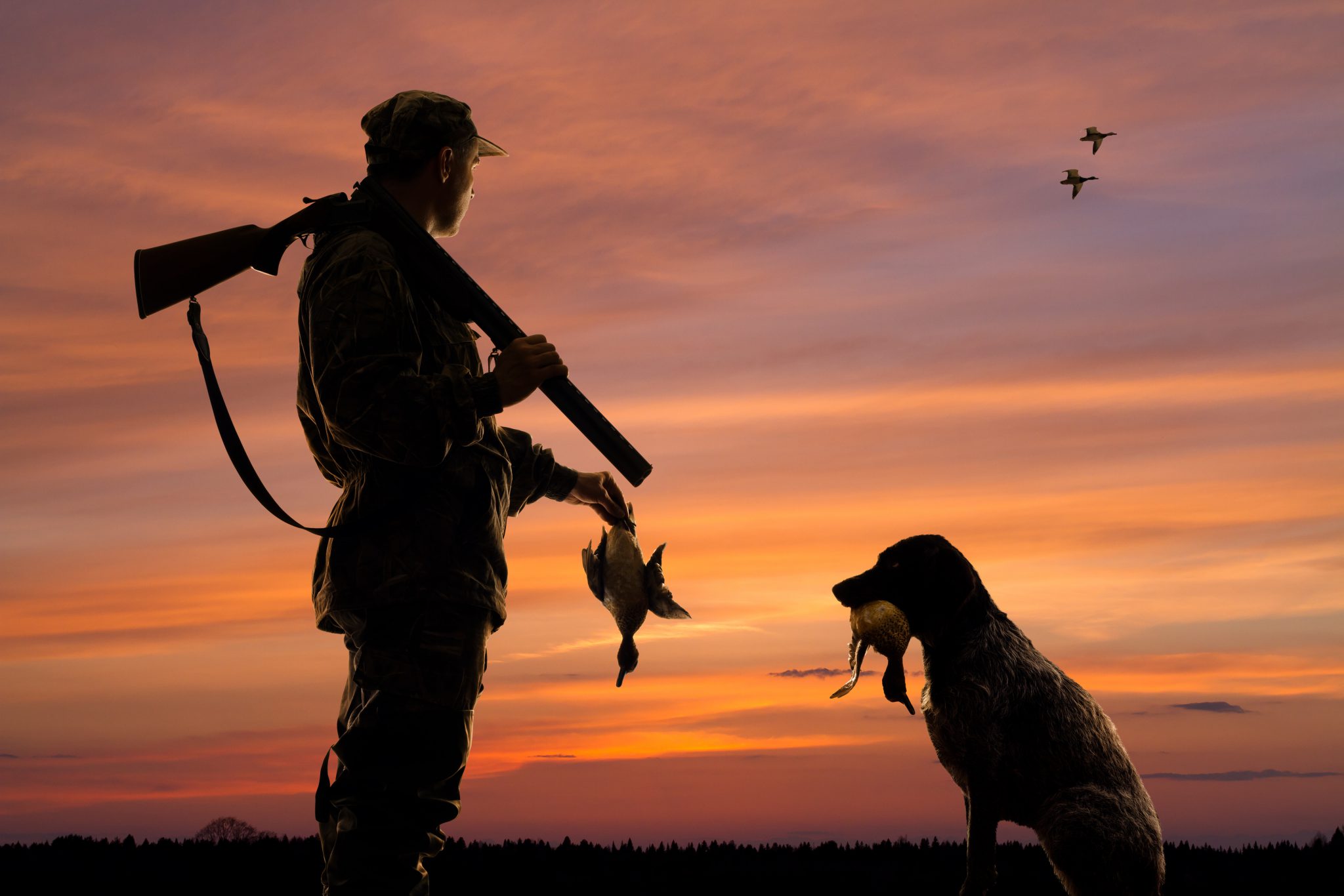
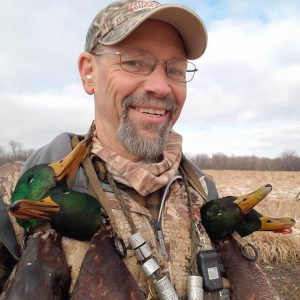
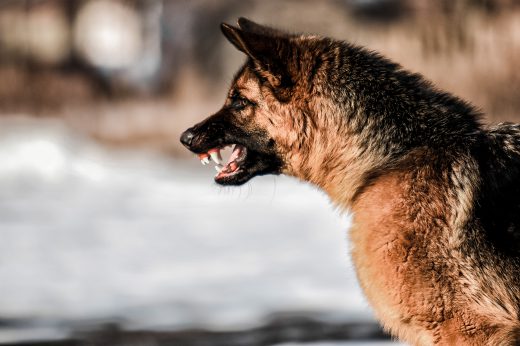
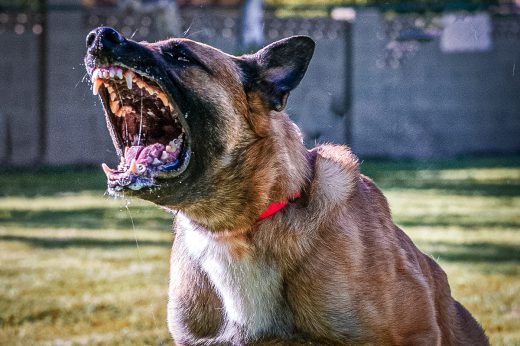
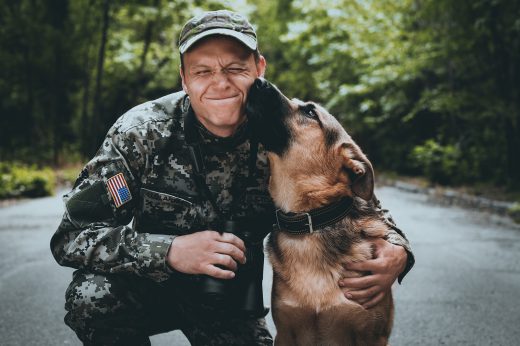


Comments